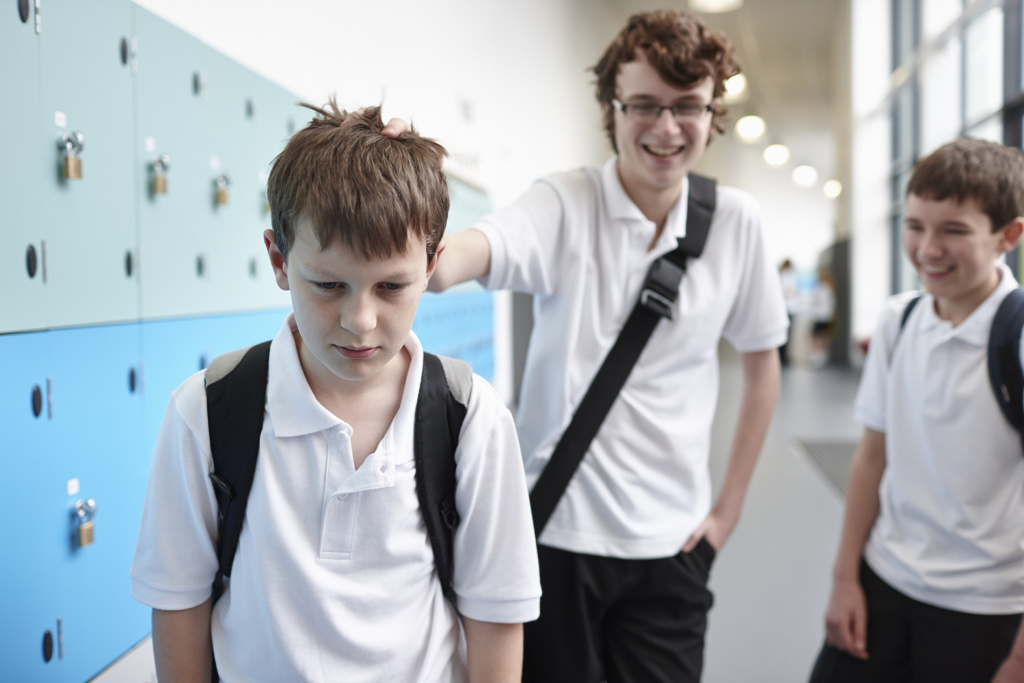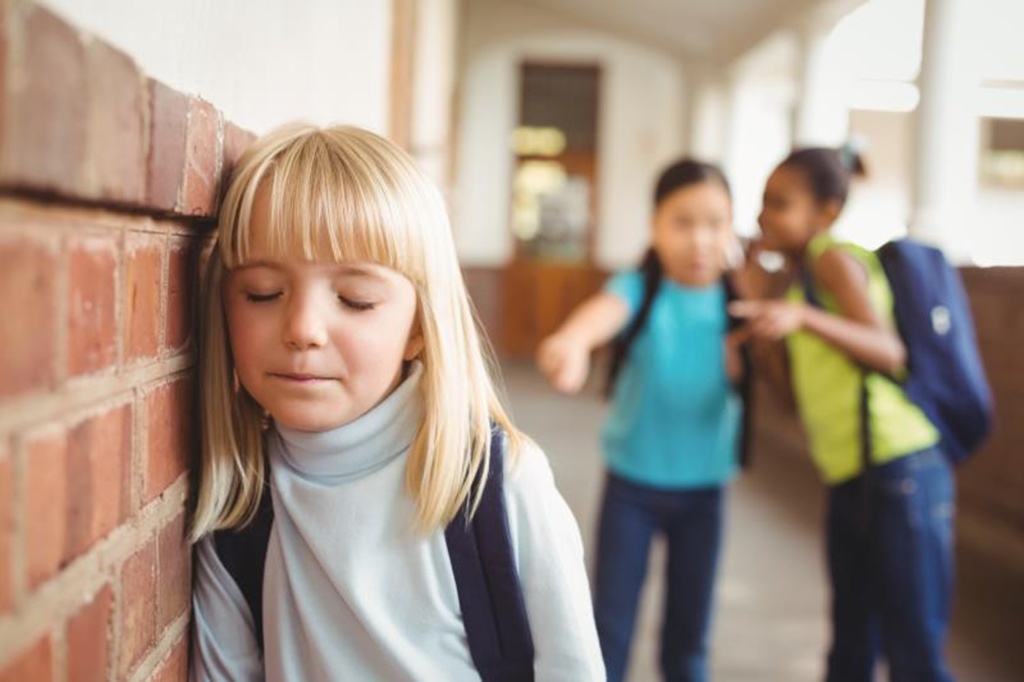
When the Children’s Society’s 2015 Good Childhood report suggested that children in England are unhappier at school than their peers in almost every other surveyed country, bullying was the key issue - again. School leaders have long dismissed the idea that bullying is an inevitable part of playground life - most recognise how much a child’s wellbeing and happiness impacts on their ability to learn, and how much that wellbeing and happiness depends on how they are viewed and treated by their peers.
Yet even knowing this, the same leaders see staff getting very little training in bullying at college, and – perhaps not surprisingly – still have very different views of what bullying is, or how it should be handled.
Schools are in a position to bridge the gap between what we know and what we do to tackle bullying. We can help make a change, not only to statistics in reports, but to young people in our school today - starting tomorrow. Leaders and teachers I speak to are seeing that when young people are encouraged to treat each other well – to properly understand each other, to respect differences, and to welcome and include each other into groups in class or games outside - it not only impacts on children who might previously have been bullied or left out, it enriches the lives of every single pupil in the school, fostering their emotional intelligence and creating a school body – a future generation – of ambassadors for kindness and diversity.

Caitlin, when she arrived in secondary school, was considered an able pupil and was put in the top stream in Maths and English, enlisted as a year 7 ambassador and signed up to the netball team. She made friends easily, and included in those new groups a girl called Debbie she knew from her local church who had some learning difficulties and who would seek her out at break, seeing Caitlin as a safe place in this new world. But before the first term was out Caitlin was feeling the pressure from girls in her class ‘not to bother’ with Debs and, when she ignored them, she found herself dropped from the social group. It was made clear that if she included Debs in a game, she would be shut out by the others.
Caitlin asked her teacher what she should do and was told that these kind of ‘grown up friendship issues’ had to be sorted out in the playground, and that she should ignore the comments and find someone else to play with. But by the end of year 7 – almost without anyone realising it – Caitlin was made a social pariah. The ‘popular’ group in her class had made sure that it was considered social suicide to spend time with her. They’d cover their ears whenever she tried to speak, left her with no one to sit with on school outings, and she was dropped from party lists and weekend get-togethers. When her parents questioned her lack of progress they were told she had ‘had some trouble fitting in’ and needed to be less sensitive. Debs, meanwhile, struggled on in her class not understanding why Caitlin was so upset and not being supported by anyone to make her own friends.
Or consider David. David is 18 and was cyberbullied at college, but his experience started a few years before college on Facebook when he received messages from people saying things such as, ‘you should kill yourself’, ‘you’re worthless’ and ‘you’ll amount to nothing’. David was also a victim of verbal and physical bullying, an experience that got worse when he came out as bisexual and started to dress in Gothic clothes. Some of the boys and girls he was cyberbullied by were his ‘friends’, and he removed them from Facebook. But others were anonymous.